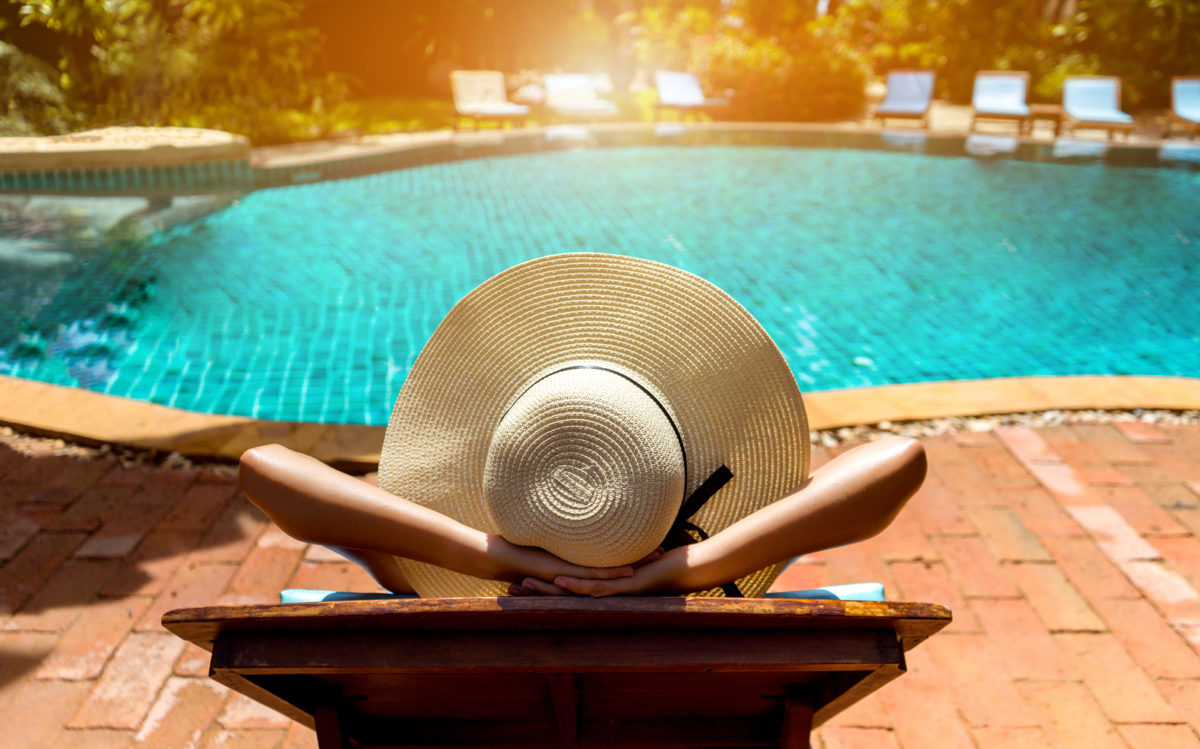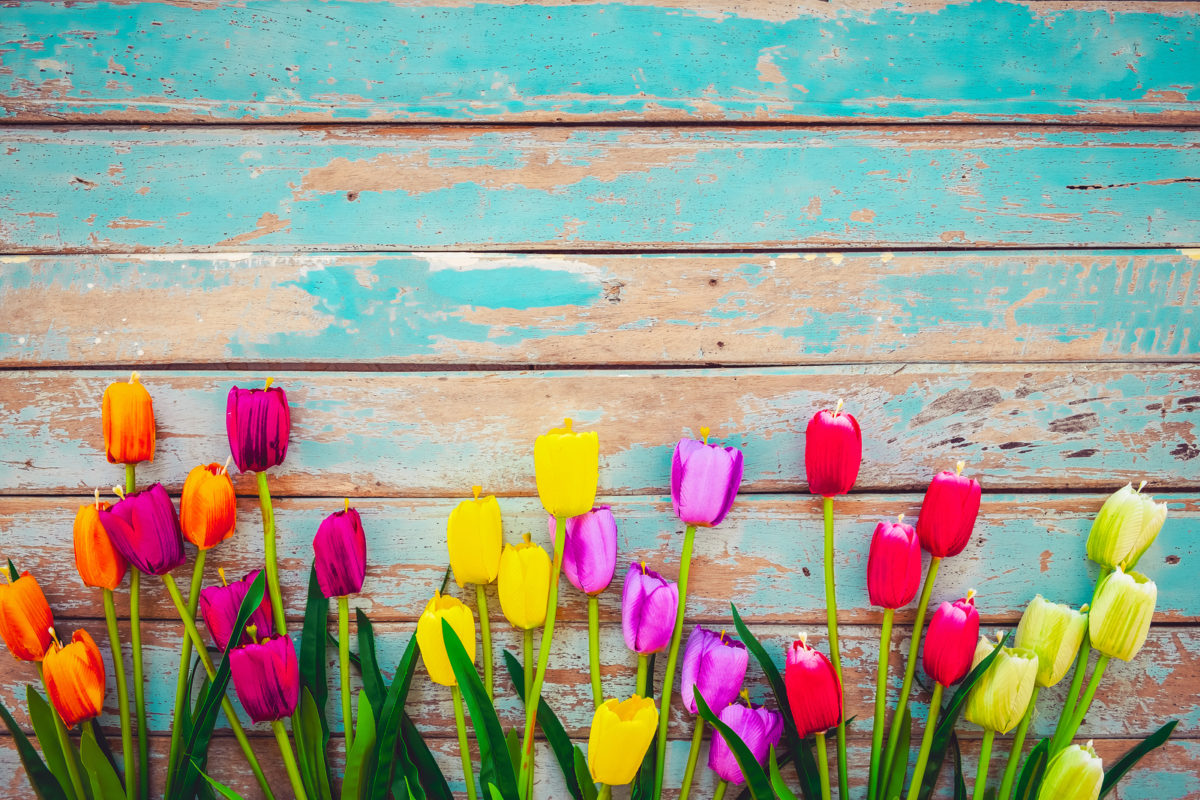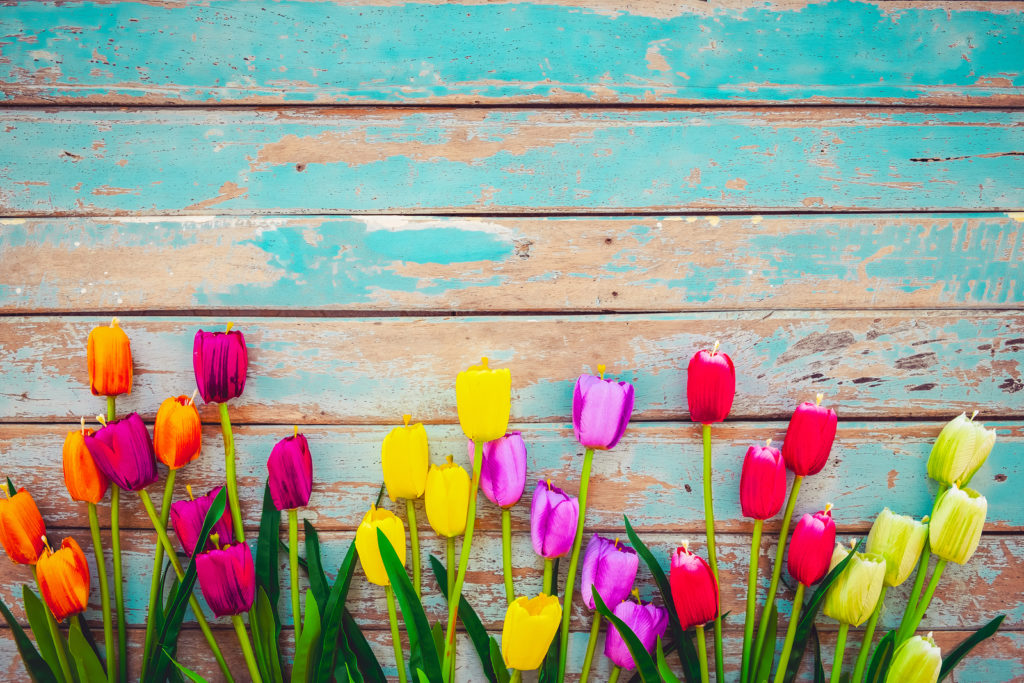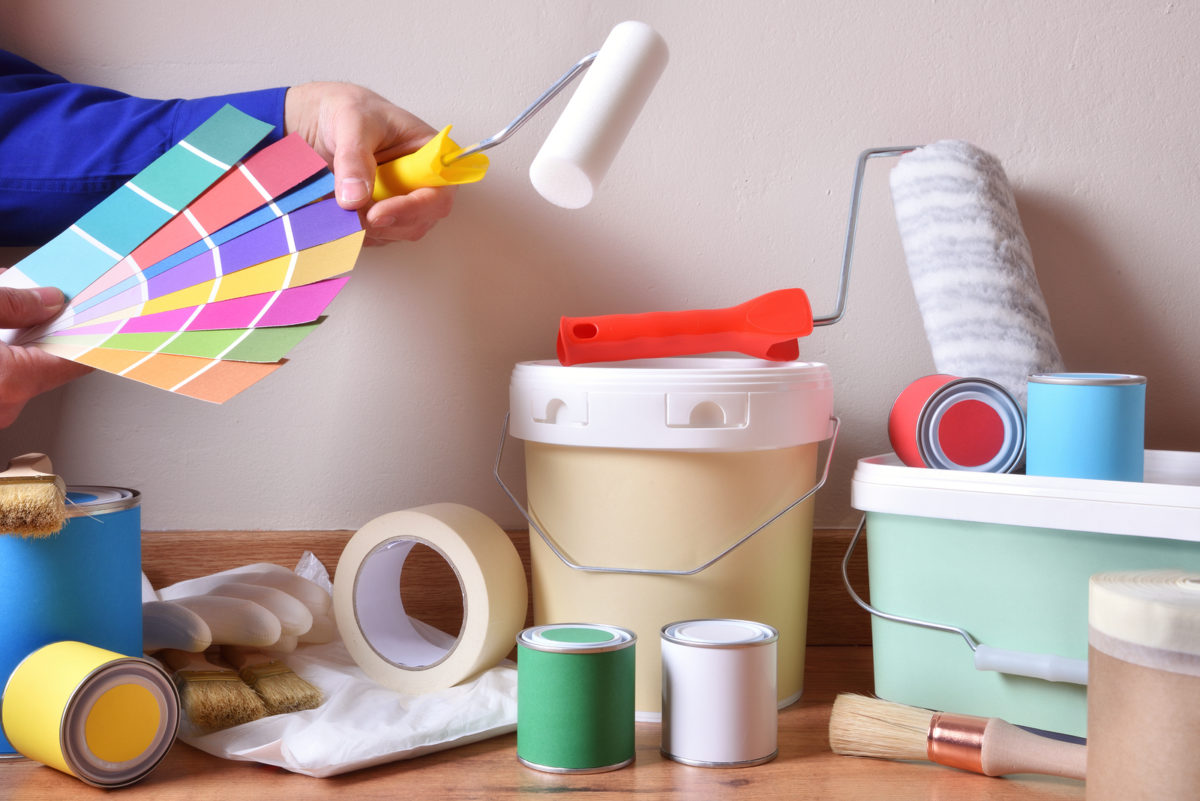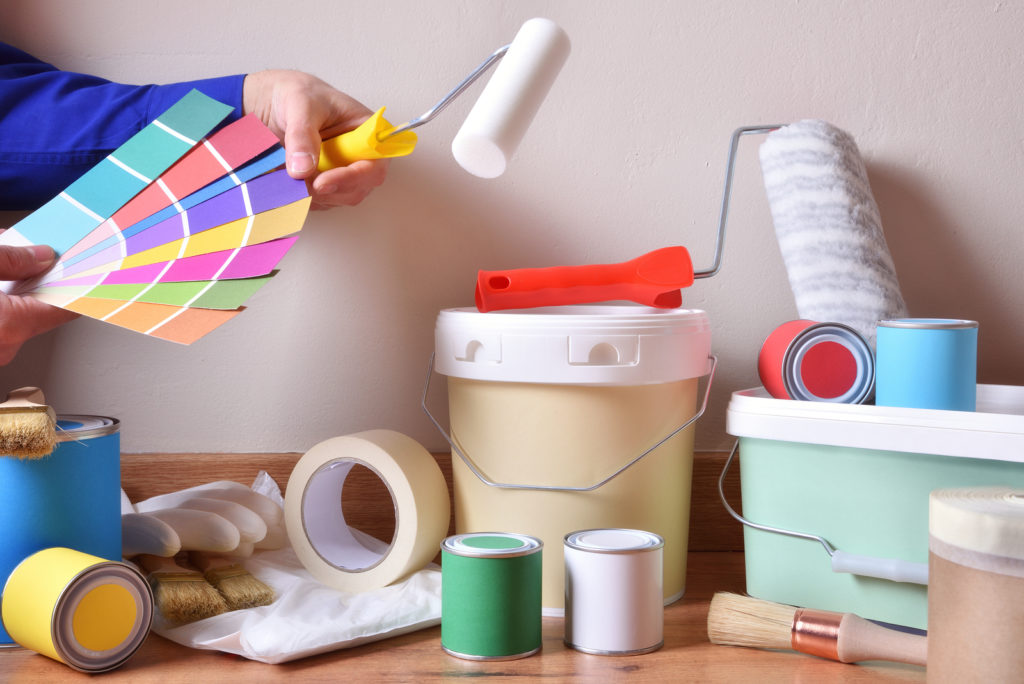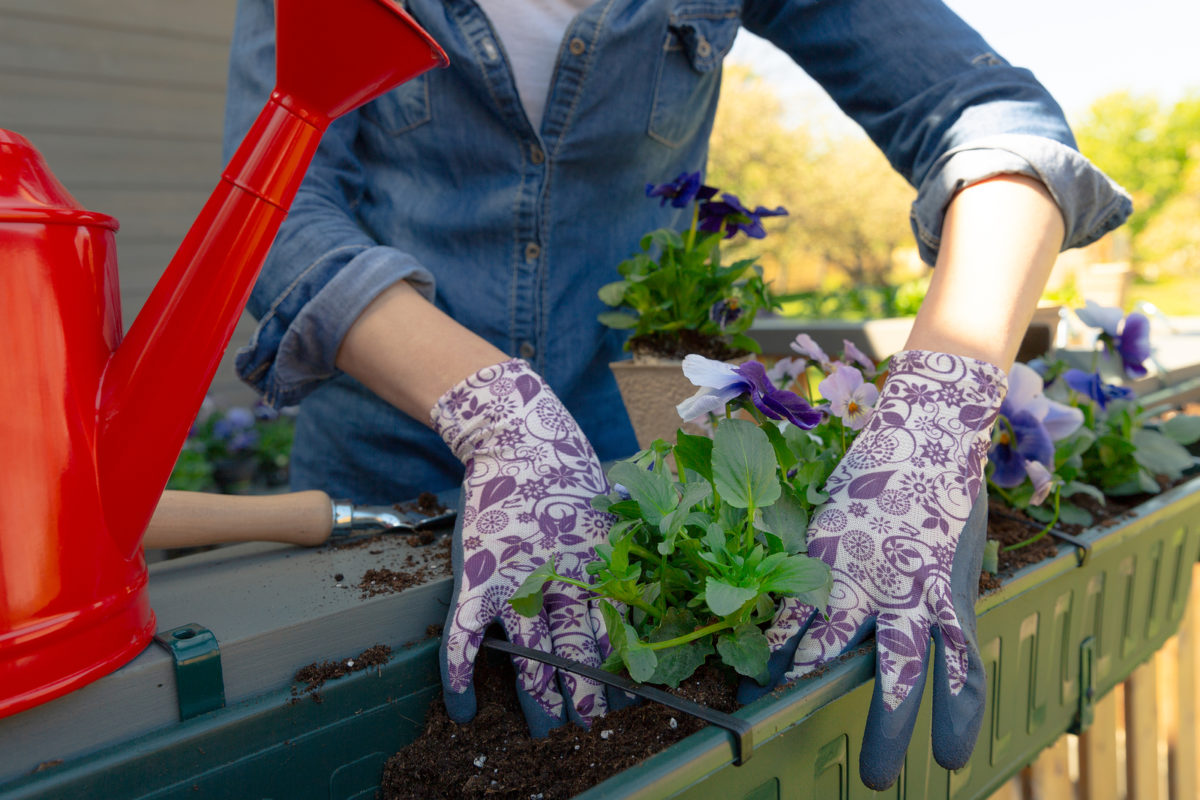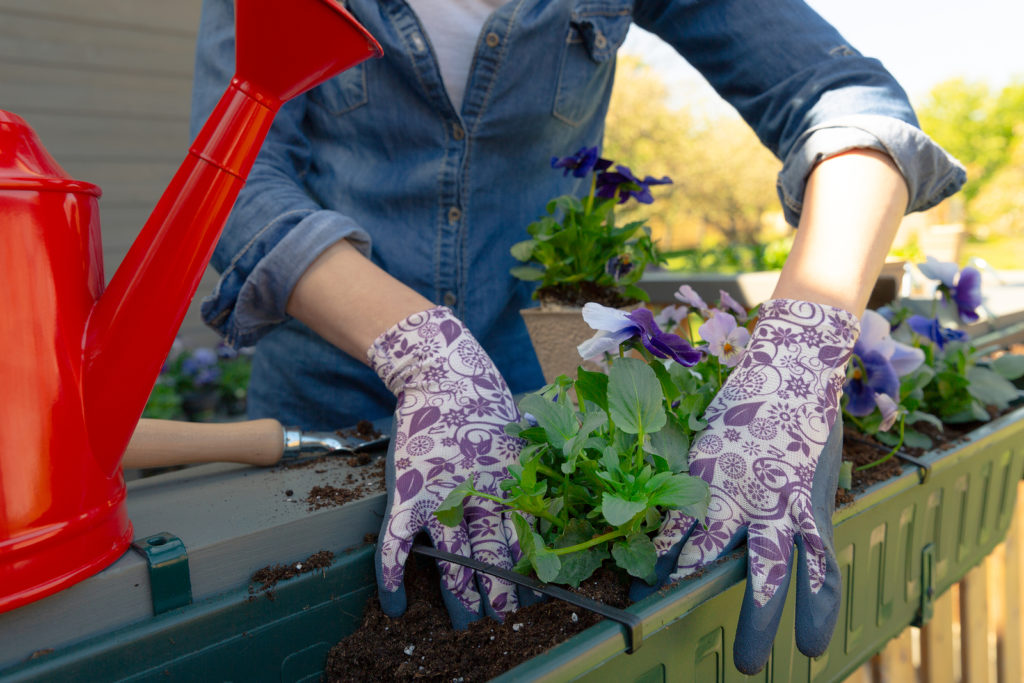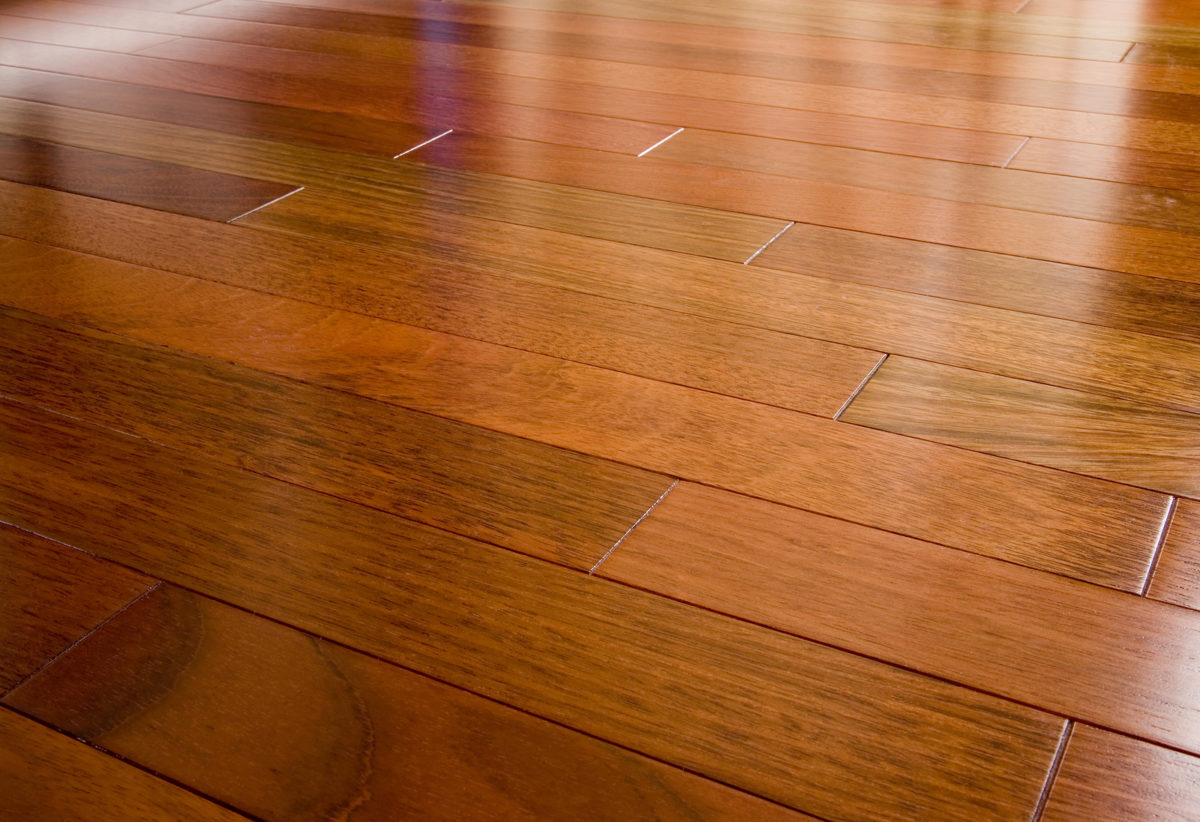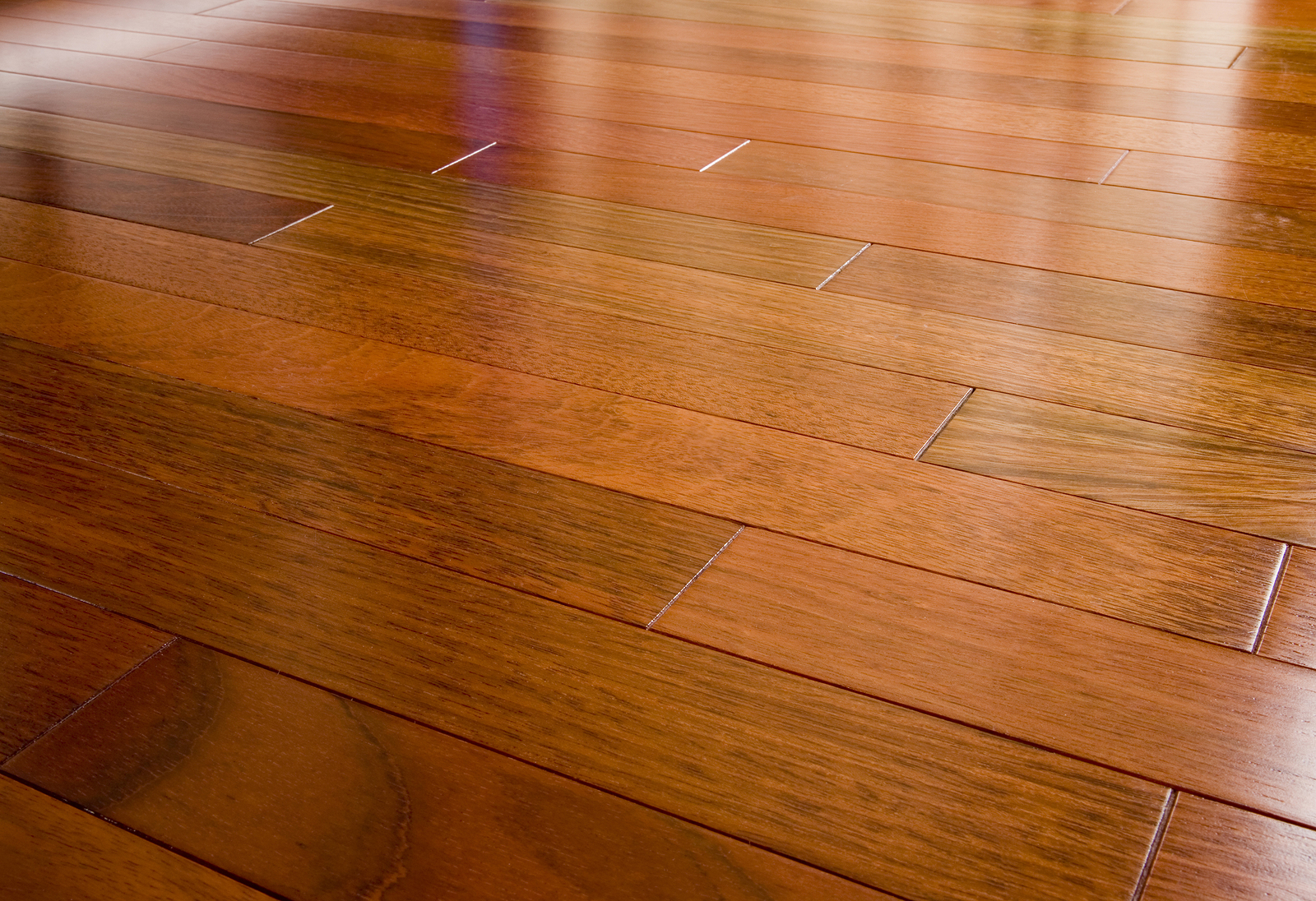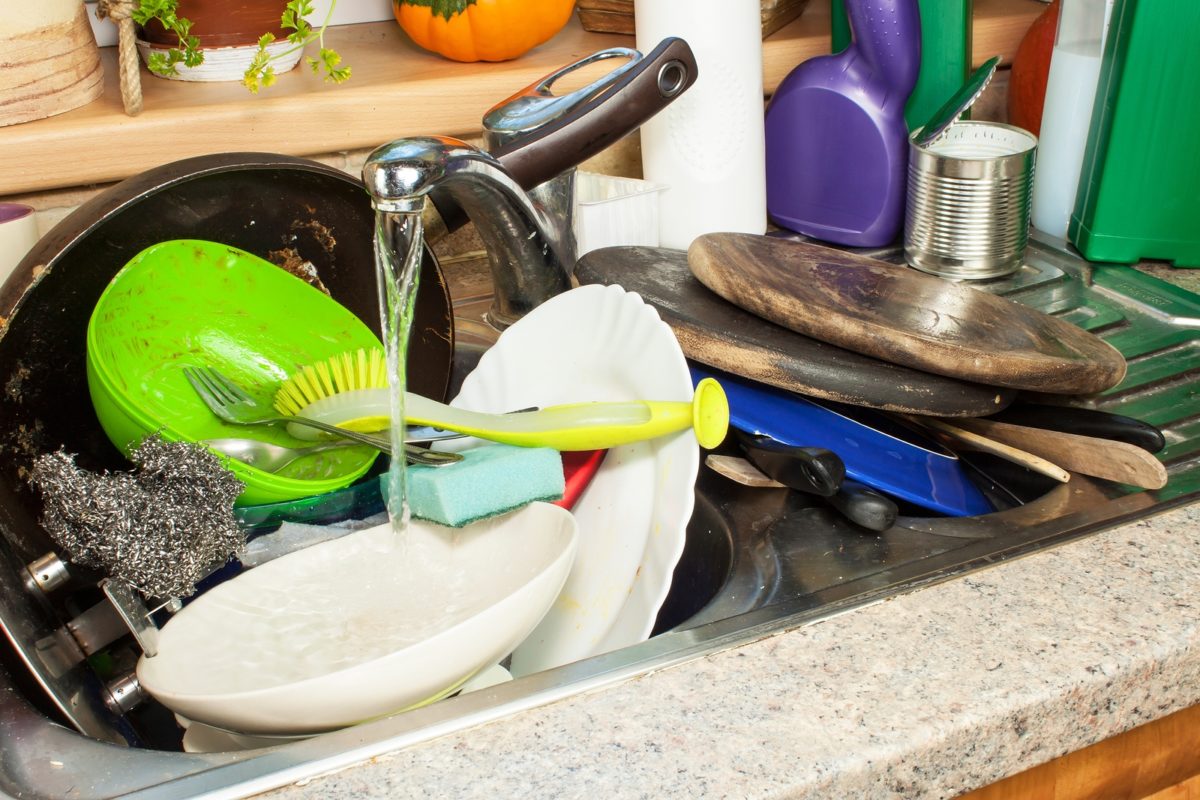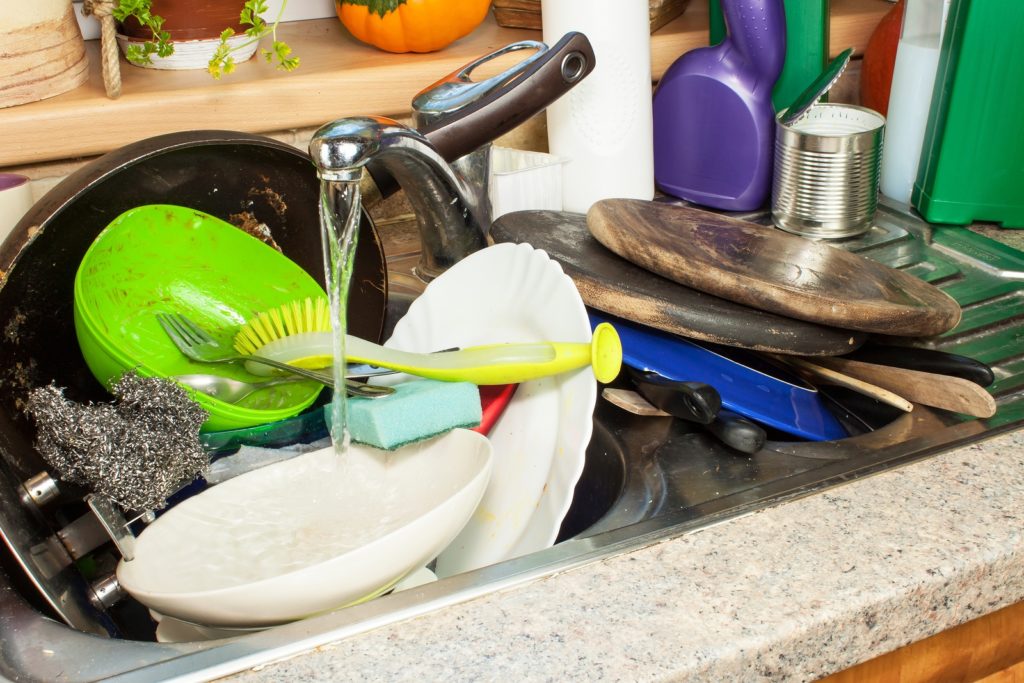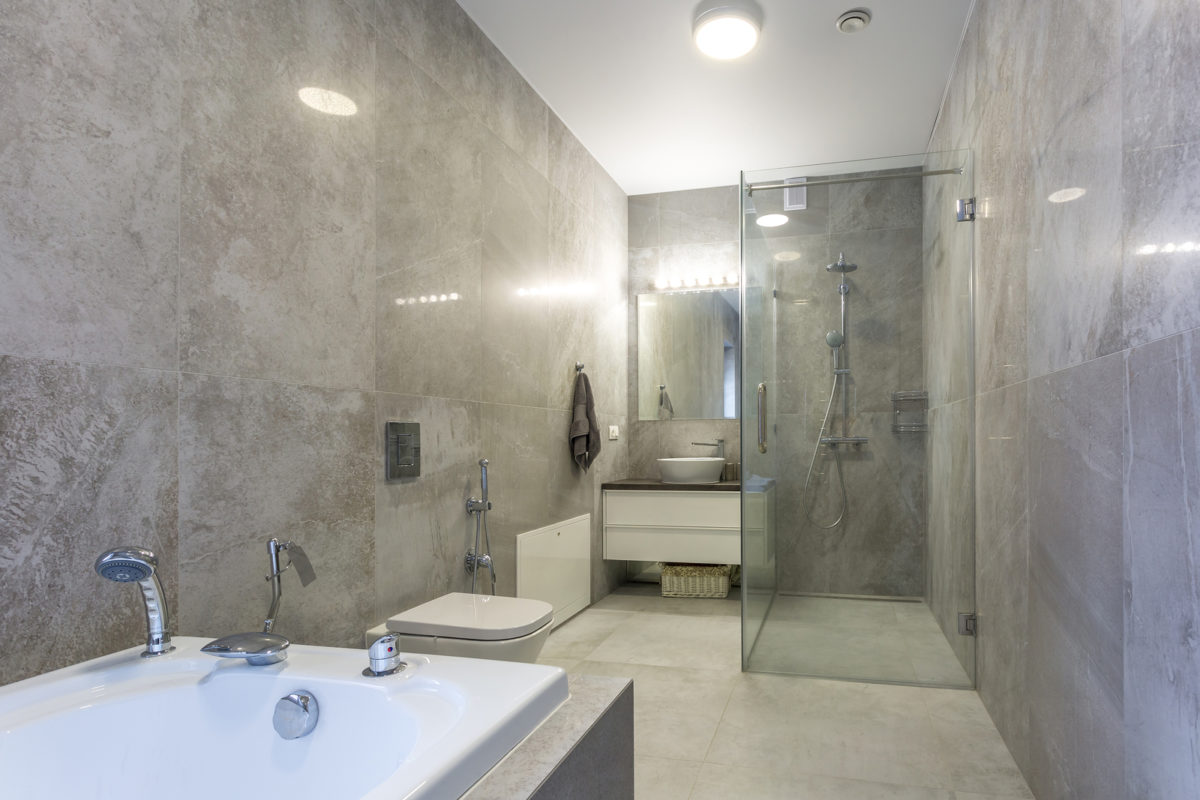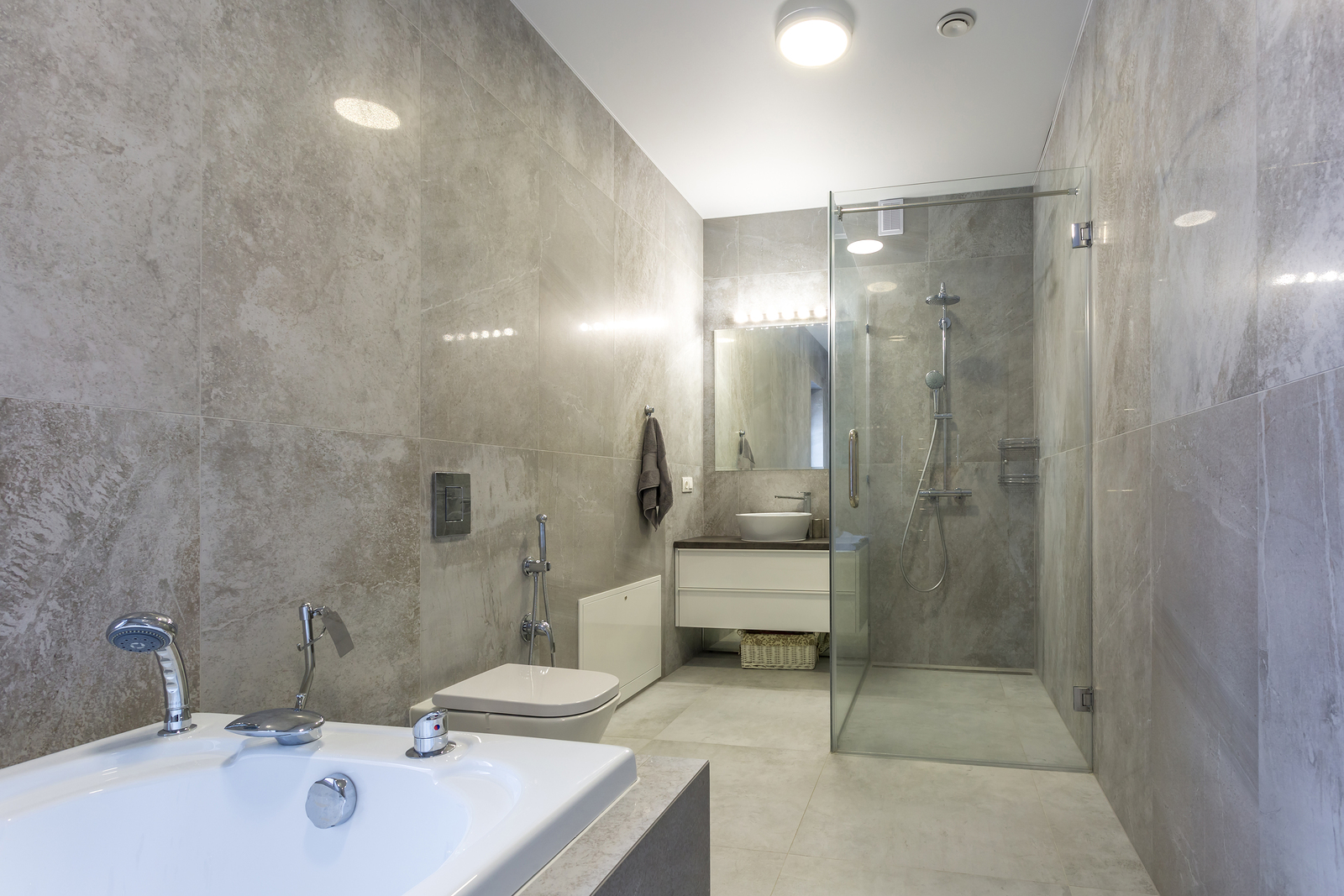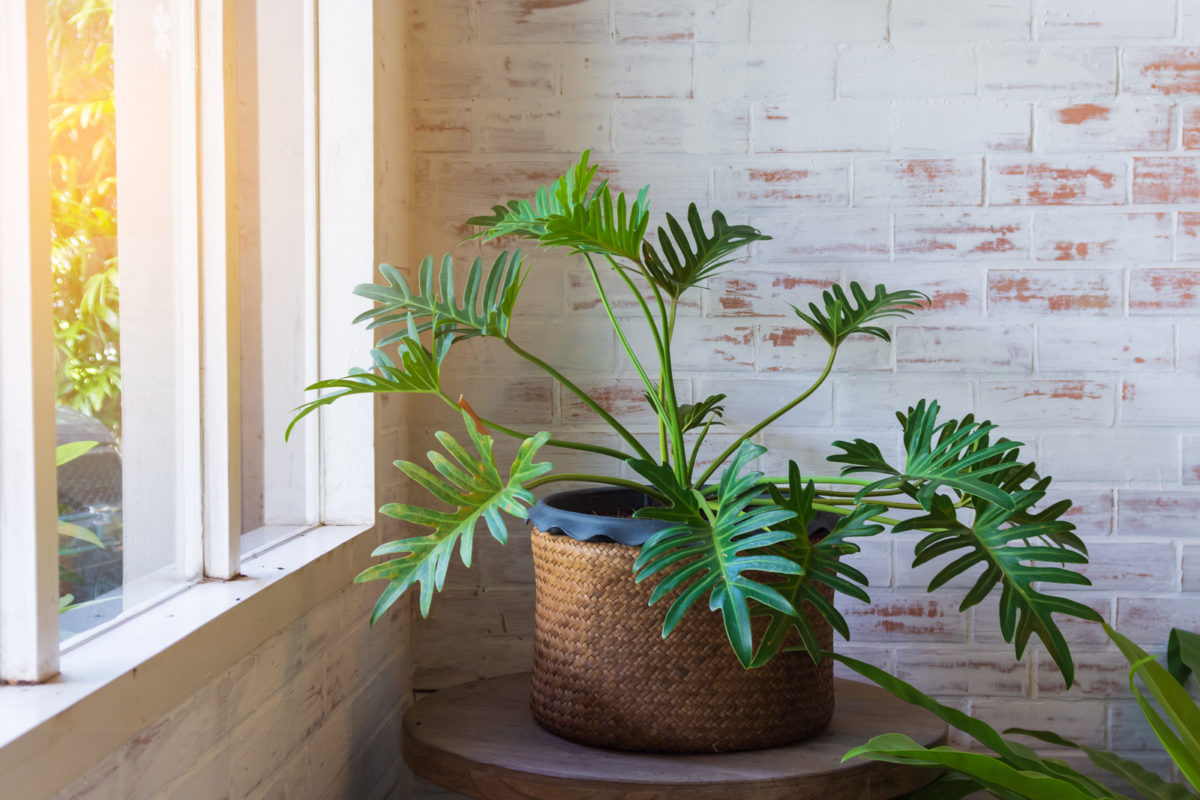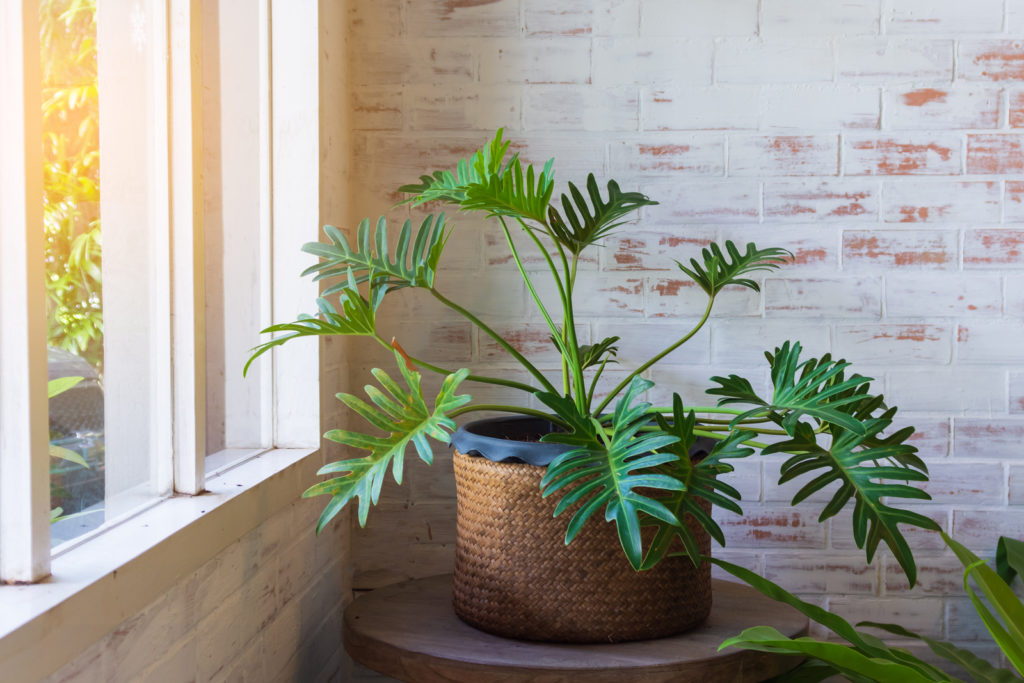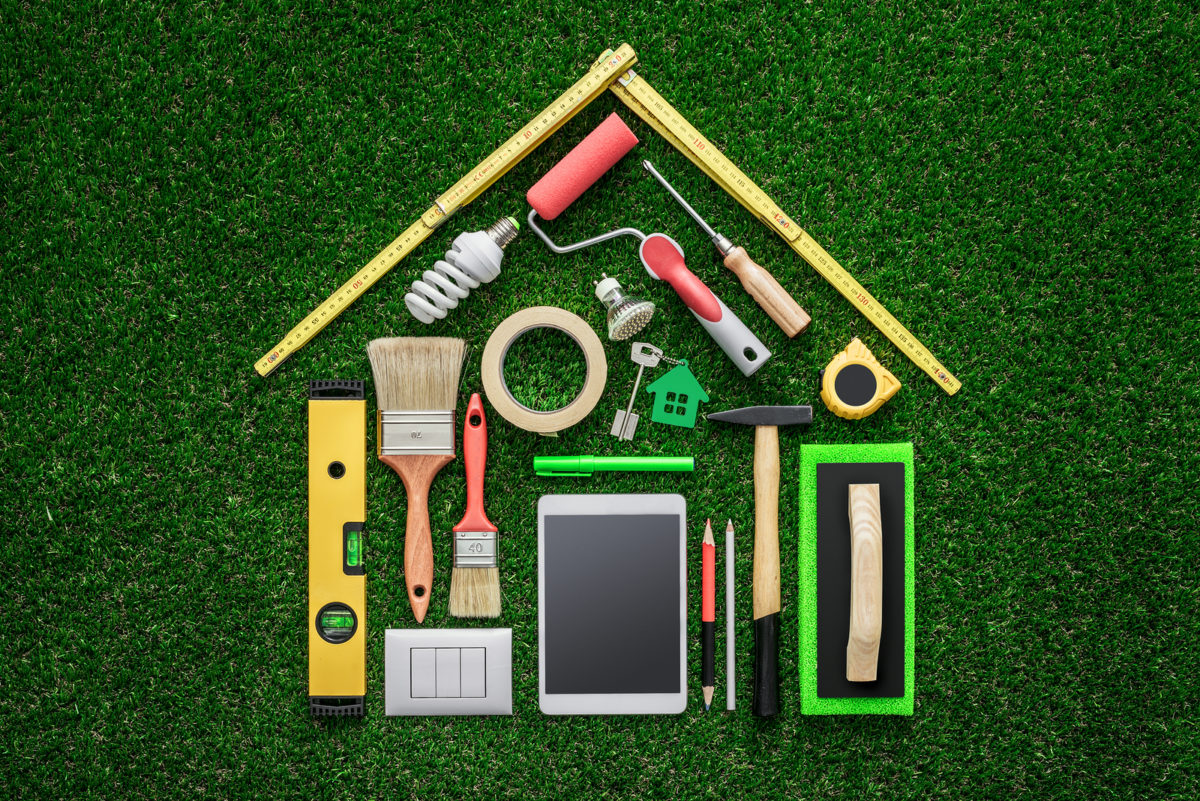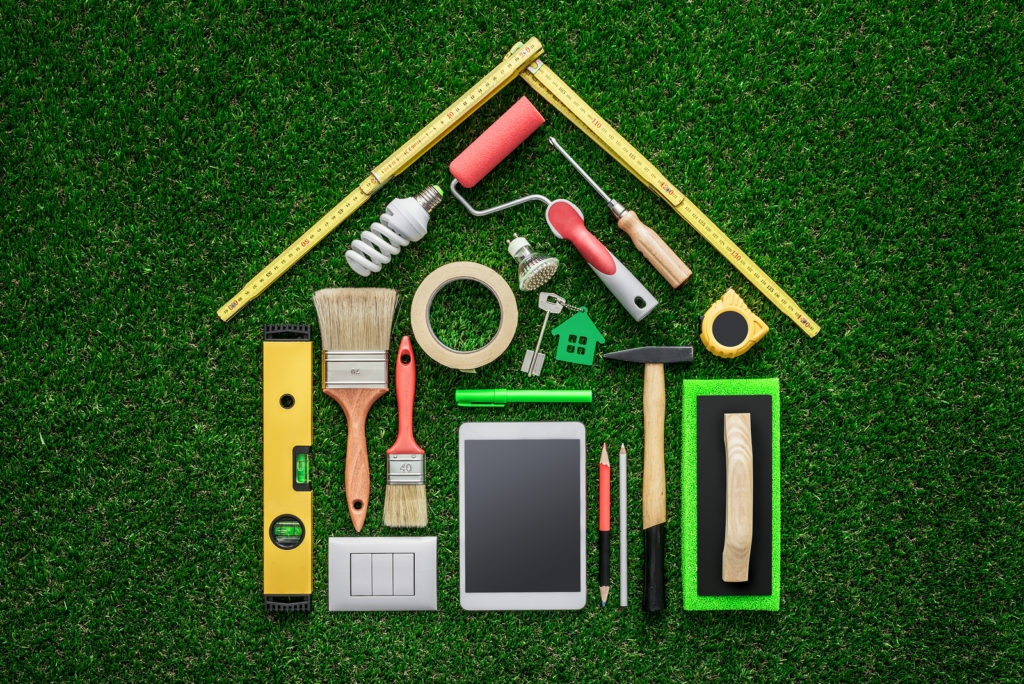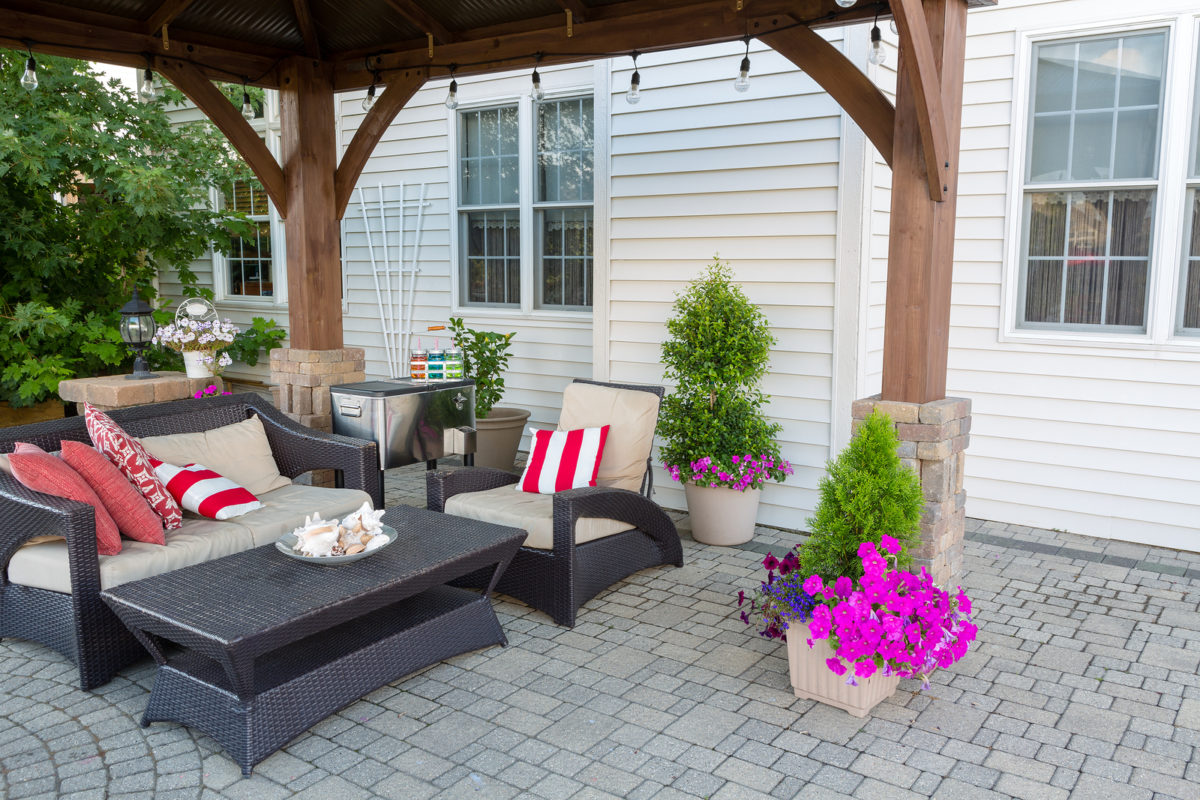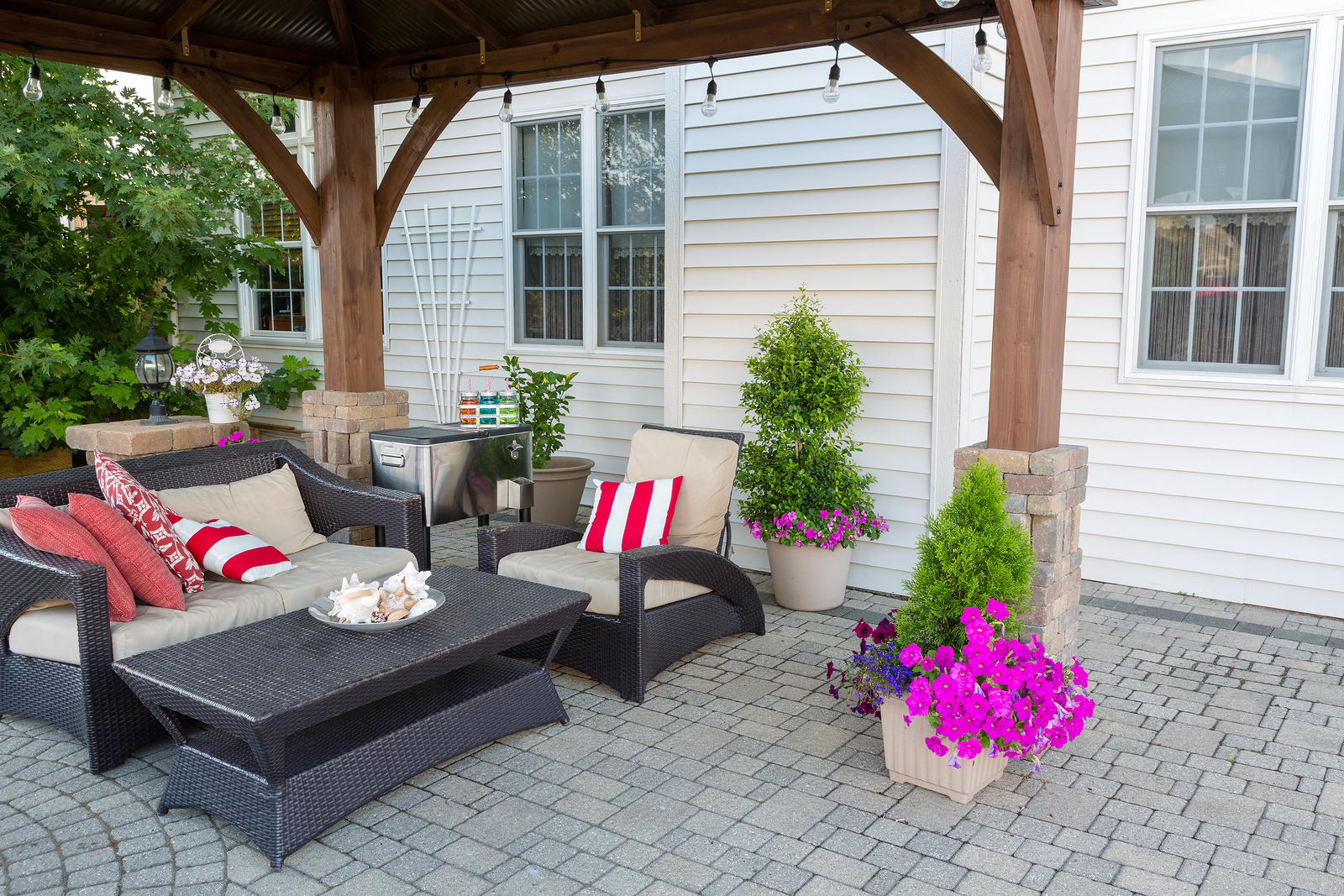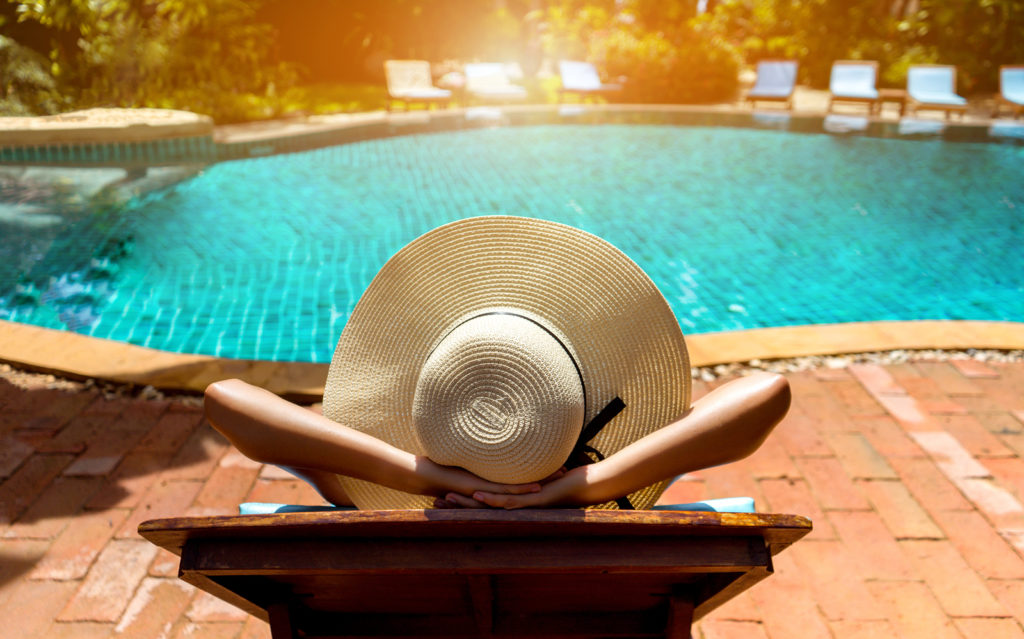
Summer is a busy time, what with trying to keep the kids entertained, work, and often, out-of-town visitors dropping in.
The pool is most likely the home’s focal point right now and getting lots of use. While you may not have time to give it a routine, thorough cleaning, break it down into smaller tasks to keep your pool sparkling all summer.
Use the skimmer
When was the last time you cleaned the skimmer basket? Allowing debris to build up in the basket is a lot like allowing your HVAC filters inside the home to accumulate too much “gunk.”
What happens in the pool is that the debris blocks water flow which, in turn, strains the pump and the filtration effectiveness plummets. Effectively, it shortens the life of the pool’s pump.
Routinely using a long-handled leaf skimmer will help take some of the pressure off the pool skimmer. Skimming leaves and other debris from the surface of the water is the ideal job for the older kids in your family.
How’s the water level?
As pool season wears on, you’ll notice that the water level in the pool decreases. This is due to a number of reasons, chief among them is the activity in the pool (splashing, etc.). Evaporation also occurs, especially during hot weather.
Now that you’ve skimmed the pool, check the water level and, if needed, bring it back to the proper level with water from a hose.
If the water is suspiciously low, check the pump to ensure it’s working correctly and shows no sign of damage.
“To make sure a leak is not the culprit, fill a plastic bucket three-quarters full of water and mark it; place the bucket in the pool, then mark the pool’s water line on the outside,” suggests the pros at NCRealtor.org
“Let it float for three days, and if the pool water level has gone down past the bucket’s, you have a leak,” they conclude. If this occurs, call a pool professional.
Additional cleaning tasks
Even with the most conscientious skimming, stuff may end up at the bottom of the pool. This is when a pool vacuum comes in handy.
Clean the filter before each use. Then, turn your attention to the pool’s walls, looking for algae growth and calcium deposits. Us a stiff swimming pool brush to remove these substances.
Don’t neglect the filter
It’s always a good idea to leave a bit of dirt in the filter. Sounds crazy until you understand that it acts as a trap for other particles.
Too much dirt, however, and the water isn’t filtered properly. Check the pressure gauge and flow meter. When it reaches 10 to 15 pounds per square inch, there’s too much dirt and it’s time to clean the filter.
The pool’s pH level
The pH scale determines the level of alkalinity or acidity and it runs from 0 to 14. Pure water is considered neutral and has a pH of 7. Higher pH values are alkaline while those lower than 7 are acidic.
The ideal pH level for pool water is between 7.2 and 7.8. Most DIYers use test strips that can be purchased at pool supply stores or at some of the large home improvement stores. Within seconds, you’ll know what you need to add to the water to adjust its pH
Perform basic pool maintenance routinely throughout the summer to keep your pool sparkling all season long.
